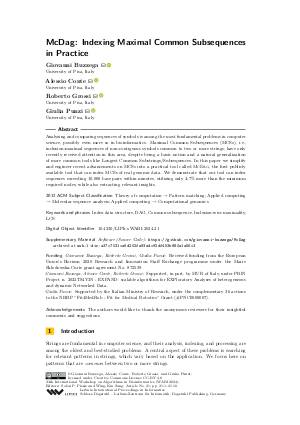LIPIcs.WABI.2024.21.pdf
- Filesize: 0.96 MB
- 18 pages

 Creative Commons Attribution 4.0 International license
Creative Commons Attribution 4.0 International license



Feedback for Dagstuhl Publishing